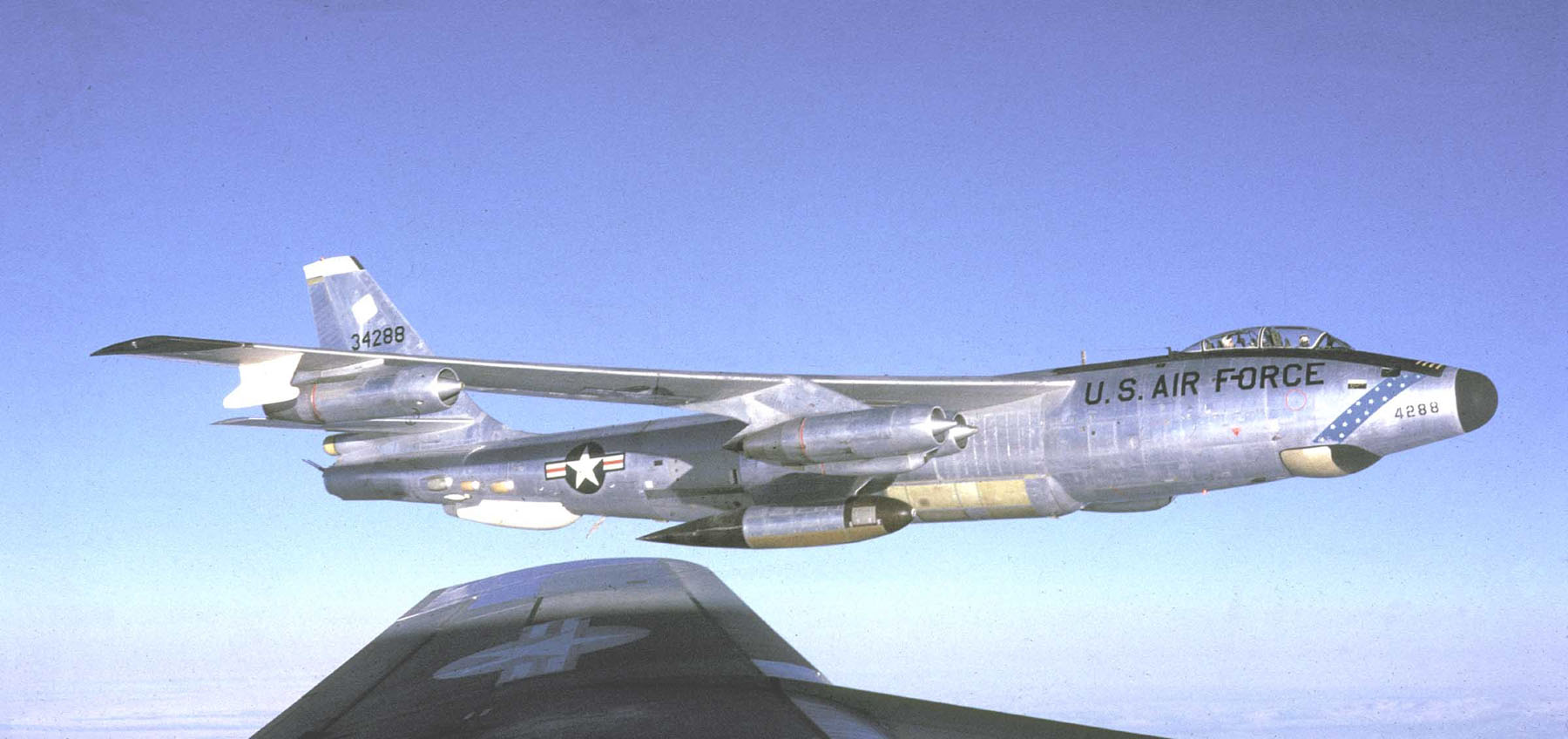
1 July 1960: A United States Air Force Boeing RB-47H-1-BW Stratojet, 53-4281, assigned to the 38th Strategic Reconnaissance Squadron, 55th Strategic Reconnaissance Wing, based at Forbes Air Force Base, Kansas, was conducting an electronic reconnaissance mission in international airspace over the Barents Sea, north of the city of Murmansk, in the northwest part of the Soviet Union. The RB-47 had departed from RAF Brize-Norton, in Oxfordshire, west-northwest of London, England. The mission was code-named BOSTON CASPER.
On board the RB-47 were a crew of six: Major Willard George Palm, aircraft commander; Captain Freeman Bruce Olmstead, co-pilot/gunner; Captain John Richard McKone, navigator/photographer; and three electronic intelligence officers (known as “Ravens”): Major Eugene E. Posa, Captain Dean Bowen Phillips, and Captain Oscar Lee Goforth.
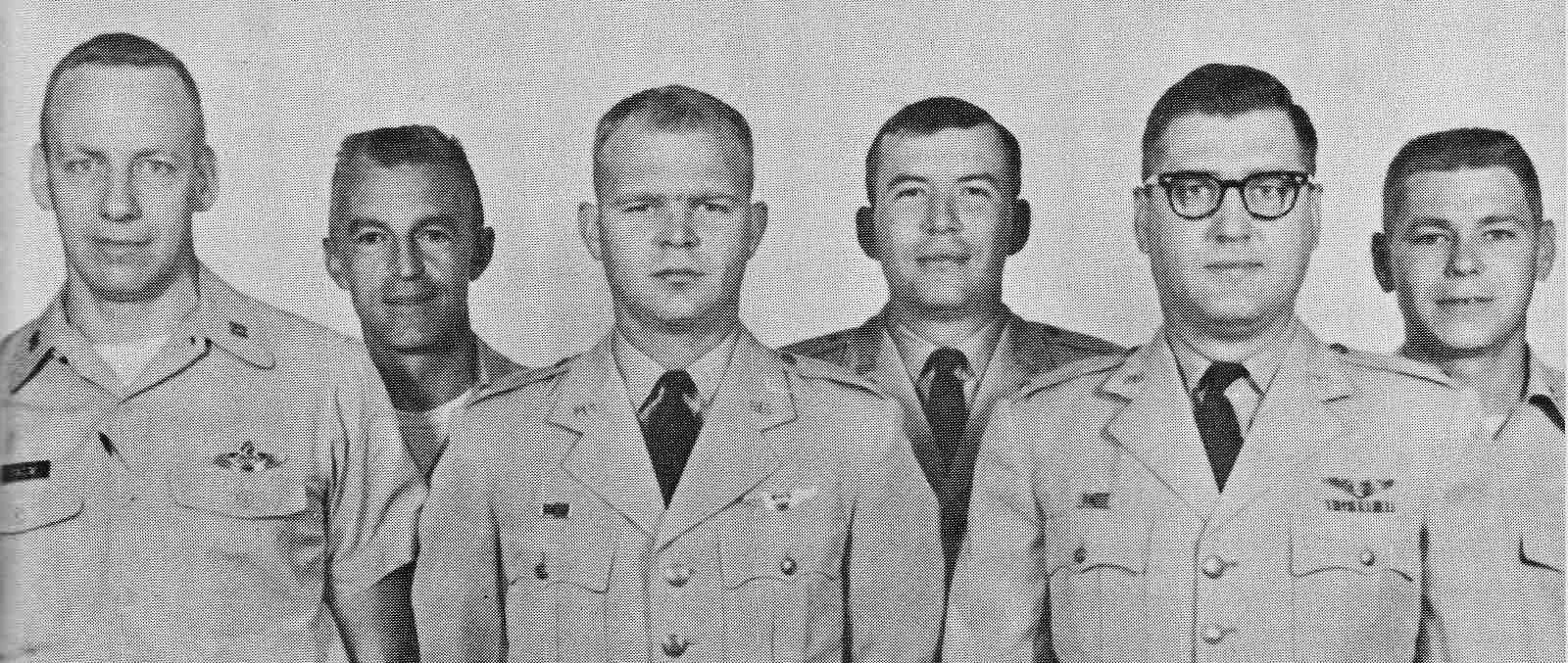
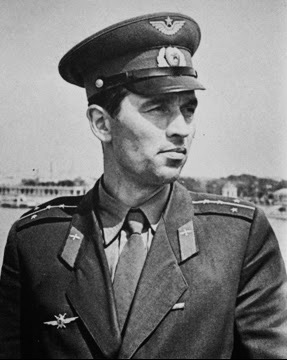
At Monchegorsk Air Base on the Kola Pennisula, Captain Vasily Ambrosievich Polyakov, 174th Guards Red Banner Fighter Aviation Regiment (Boris Feofontovich Safonov) was on strip-alert in the cockpit of his Mikoyan-Gurevich MiG-19 interceptor. Captain Polyakov was interviewed in 1995 and described being “scrambled” to intercept the American reconnaissance plane. Vectored by radar controllers, he flew north-northwest until he located the B-47.
Polyakov said that he waggled his wings at the bomber—an international signal for the intercepted aircraft to follow the fighter. He saw no response. Controllers then ordered him to shoot down the American airplane.
Captain Polyakov made a firing pass and fired two bursts with the MiG’s three 30 mm autocannon, for a total of 111 rounds expended. He saw the B-47 roll inverted and disappear into the clouds below. He did not see any parachutes, nor did he observe the aircraft crash. Polyakov then returned to his base.
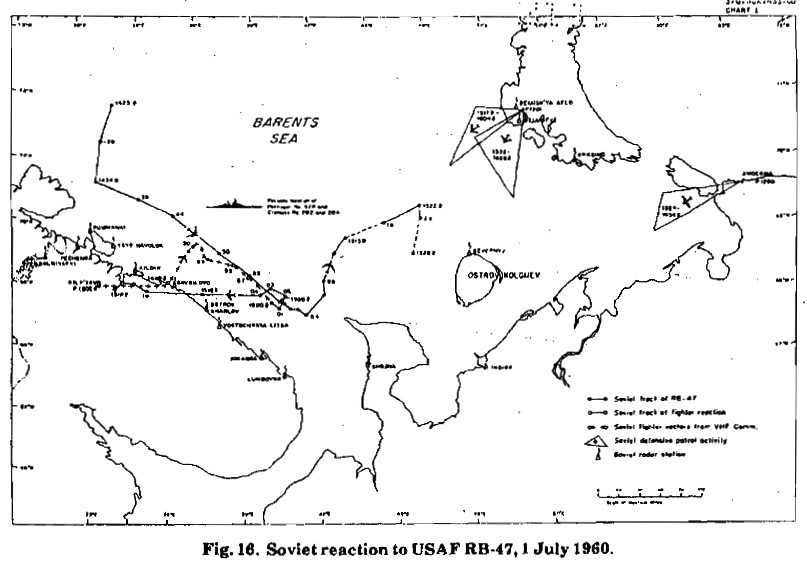
The RB-47’s navigator, Captain McKone, recalled that he had just taken a radar fix of their position when the MiG-19 attacked. 53-4281 was flying at 28,000 feet (8,534 meters) at 425 knots (489 miles per hour/787 kilometers per hour), 50 miles (80 kilometers) to the north of Cape Holy Nose, the northern end of the Kola Peninsula. Their course was 120° (southeast). McKone had given Captain Palm two minor course corrections, both to the left, away from Soviet air space. The American reconnaissance was definitely in international air space. [The Soviet Union claimed a 12 nautical mile (13.8 statute miles/22.2 kilometers) territorial limit.]
The RB-47H was being tracked by NATO ground based radar (probably from Norway). The chart shown above is an “accurate radar plot of the RB-47’s ground track obtained from a ground-based radar tracking facility.” ¹
Captain Olmstead later reported that he had returned fire with the two 20 mm autocannon in the B-47’s tail, expending “two-thirds of my ammunition,” or about 462 rounds. The MiG’s cannon fire knocked out two of the three engines on the left wing.
The bomber entered a spin but Palm and Olmstead were able to recover. After Polyakov’s second firing pass, though, the crew ejected. Now derelict, 53-4821 righted itself and continued to fly to the northeast for approximately 200 miles (322 kilometers).
According to Henry Cabot Lodge, Jr., the United States’ Ambassador to the United Nations, the RB-47 “was still in the air twenty minutes later, over the high seas, 200 miles [322 kilometers] from the point alleged by the Soviet Union and flying in a northeasterly direction.”
A Russian source indicated that this was the first air combat victory for the MiG-19.
A National Security Agency SECRET SPOKE document states “After the shoot down, probably all six crewmen bailed out, but only two men, the co-pilot and navigator, survived the splashdown into the icy waters of the Barents.” ²
After six hours in the freezing water, Captains Olmstead and McKone were rescued. McKone had a crushed vertebra as a result of the ejection. The body of Major Posa was also recovered. Major Palm’s body was recovered on 4 July. Captain Goforth and Captain Phillips were never found and were presumed to have died.
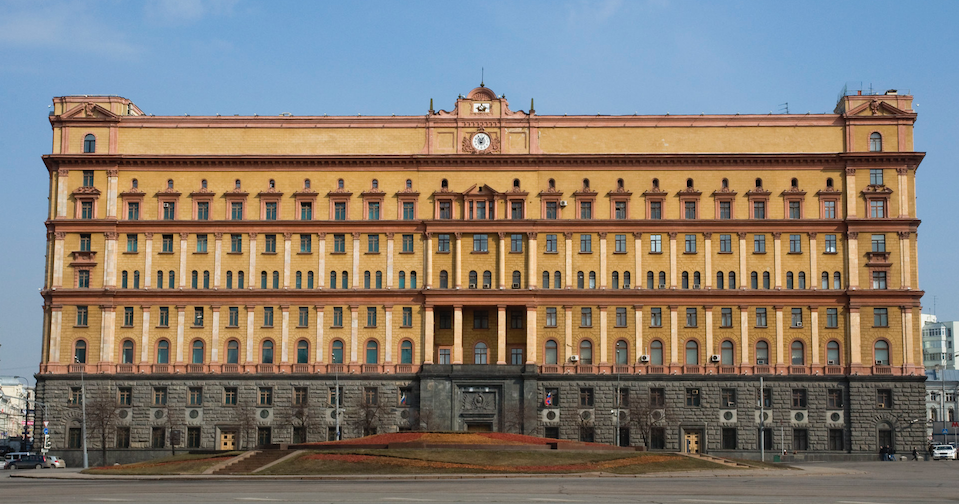
Olmstead and McKone were imprisoned in the notorious Lubyanka Prison by the Soviet security service, and interrogated extensively. It wasn’t until 15 July that McKone received medical treatment for his broken back. He would spend the next 97 weeks in traction.
On 25 July, Major Palm’s body was returned to the United States for burial. Major Posa’s was sent to Severomorsk, then on to Moscow. Eventually his remains were buried in an unknown cemetery. The Defense POW/MIA Accounting Agency (DPAA) lists his status as unknown, non-recoverable.
Following the inauguration of U.S. President John Fitzgerald Kennedy, Premier Nikita Sergeyevich Khrushchev of the Soviet Union released Captains Olmstead and McKone as a good will gesture. They arrived back in the United States on 27 January 1961.
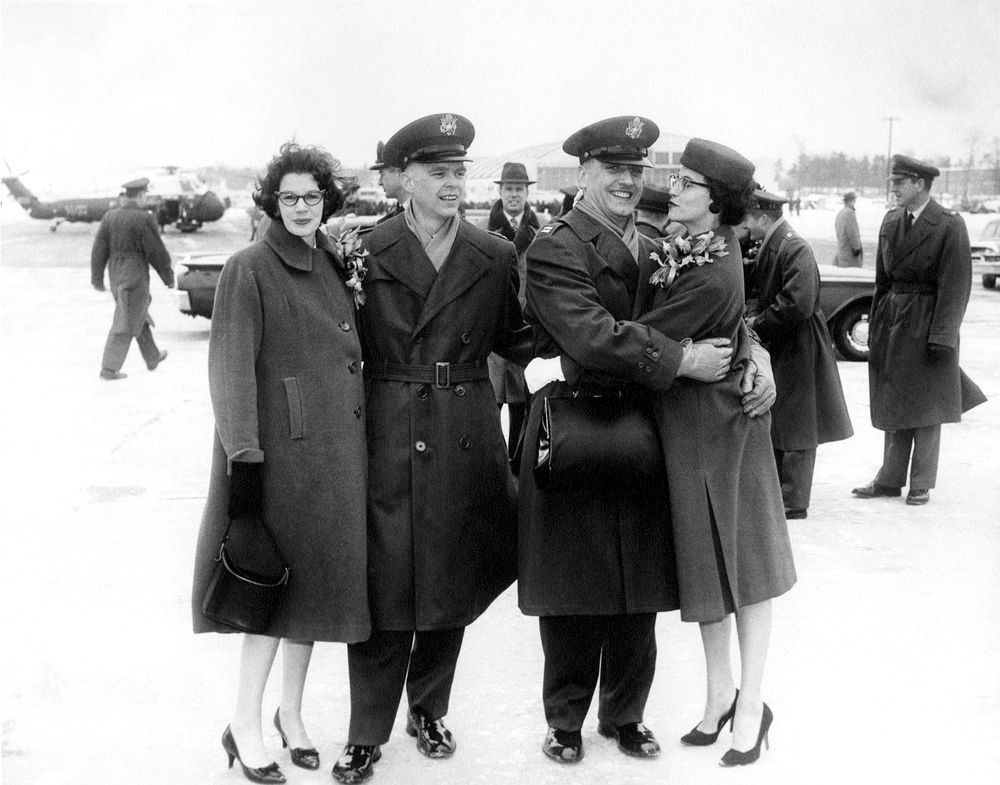
Boeing RB-47H Stratojet
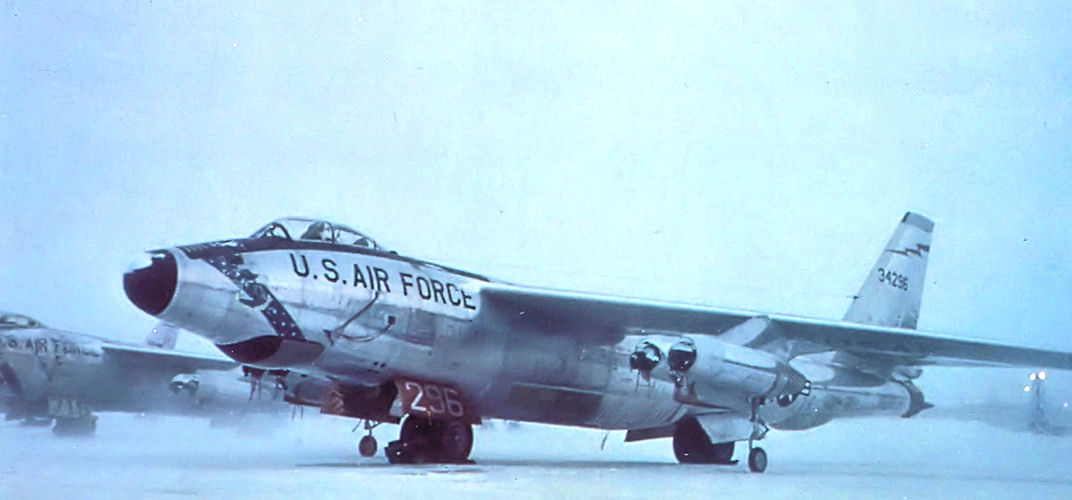

The RB-47H Stratojet (Boeing Model 450-172-52) was an electronics reconnaissance variant of the B-47E strategic bomber, designed to detect, identify and locate electronic signals. It was flown by a two pilots in a tandem cockpit. A navigator was located at a station in the nose. Three electronics intelligence officers were in a reconnaissance compartment. The RB-47H Stratojet is 108.7 feet (33.132 meters) long with a wingspan of 116.3 feet (35.448 meters), and an overall height of 28.0 feet (8.534 meters). The wings are shoulder-mounted with an angle of incidence of 2° 45′, and their leading edges are swept aft to 36° 37′. There is no dihedral, but the wings are very flexible and move considerably during flight. They have a total area of 1,428 square feet (132.67 square meters). The RB-47H had an empty weight of 89,230 pounds (40,474 kilograms)—nearly 10,000 pounds (4,536 kilograms) heavier than the B-47E bomber. Its maximum takeoff weight was 218,728 pounds (99,213 kilograms). Once airborne, the maximum weight could be increased to 221,000 pounds (100,244 kilograms) with inflight refueling.

The RB-47H had a basic speed of 419 knots (482 miles per hour/776 kilometers per hour) at 35,000 feet (10,668 meters); combat speed of 460 knots (529 miles per hour/852 kilometers per hour) at 37,200 feet (11,339 meters), and maximum speed of 516 knots (594 miles per hour/956 kilometers per hour) at 15,000 feet (4,572 meters). The service ceiling was 45,000 feet (13,716 meters).
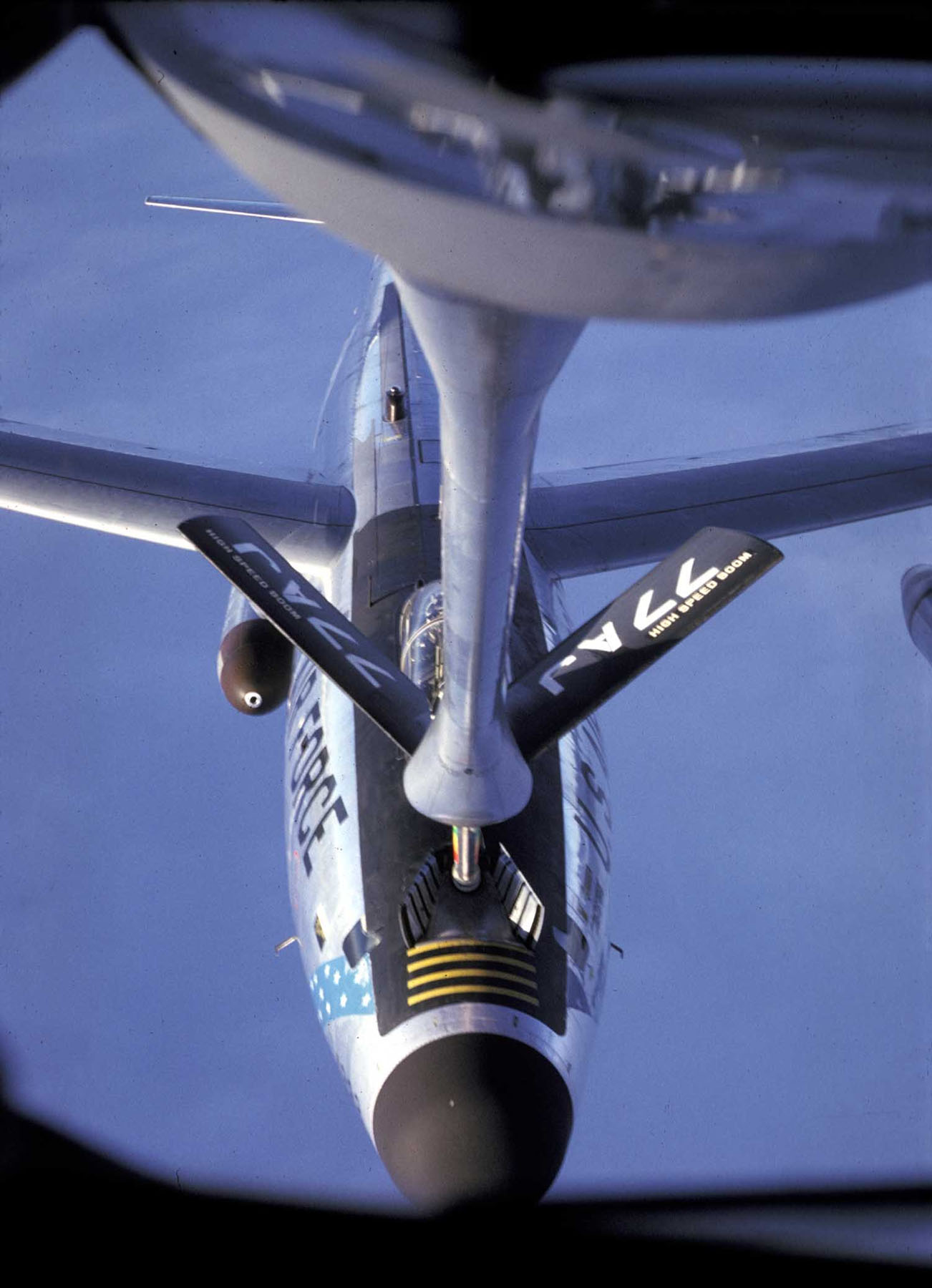
The combat radius of the RB-47H was 1,520 nautical miles (1,749 statute miles/2,815 kilometers. Ferry range with 18,402 gallons (69,659 liters) of fuel was 3,403 nautical miles (3,916 miles/6,302 kilometers).
For defense, the RB-47H was armed with two M24A1 20 mm autocannons with 350 rounds of ammunition per gun. The remotely-operated tail turret was controlled by a radar-computing A-5 fire control system, operated by the co-pilot, whose seat could swivel to allow him to face rearward.
The forward bomb bay was modified to incorporate a pressurized compartment for the electronic intelligence operators’ stations.
A total of 2,032 B-47s were built by a consortium of aircraft manufacturers: Boeing Airplane Company, Wichita, Kansas; Douglas Aircraft Company, Tulsa, Oklahoma; Lockheed Aircraft Company, Marietta, Georgia. 35 of these were the RB-47H variant, produced by Boeing Wichita. Three of these were further modified to ERB-47Hs.
The Stratojet is one of the most influential aircraft designs of all time and its legacy can be seen in almost every jet airliner built since the 1950s: the swept wing with engines suspended below and ahead on pylons. The B-47 served the United States Air Force from 1951 to 1977. From the first flight of the Boeing XB-47 Stratojet prototype, 17 December 1947, to the final flight of B-47E 52-166, was 38 years, 6 months, 1 day.
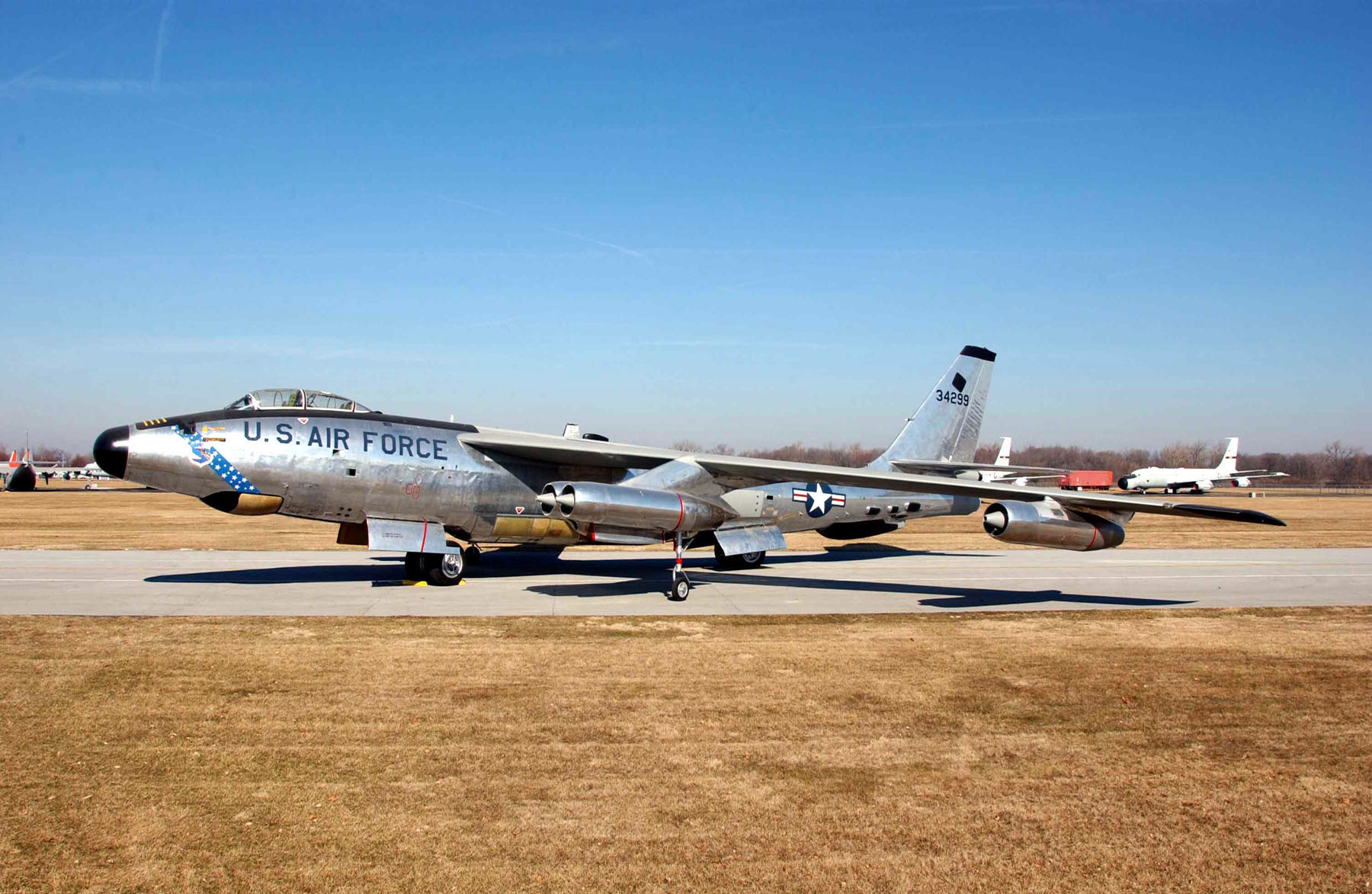
Mikoyan-Gurevich MiG-19
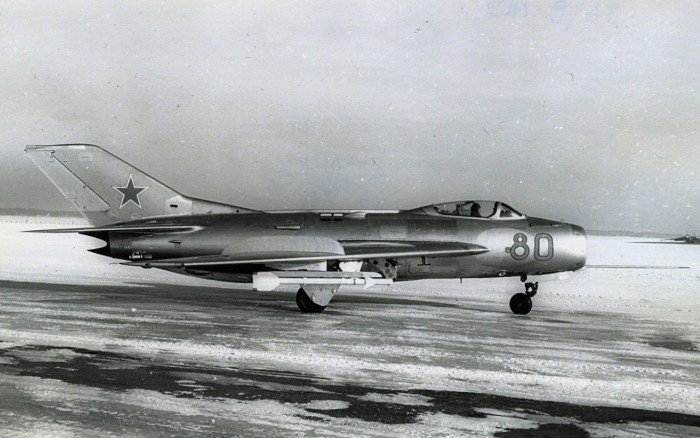
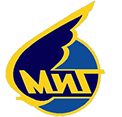
The MiG-19 is 12.54 meters (41 feet, 1.7 inches) long, with a wingspan of 9.00 meters (29 feet, 6.3 inches) and height of height 3.88 meters (12 feet, 8.8 inches). The wings are swept aft 55° at 25% chord. The total wing area 25.00 square meters (269.10 square feet). The interceptor has an empty weight of 5,298 kilograms (11,680 pounds), and maximum takeoff weight of 7,300 kilograms (16,094 pounds). It carries 1,735 kilograms (3,825 pounds) of fuel, internally.
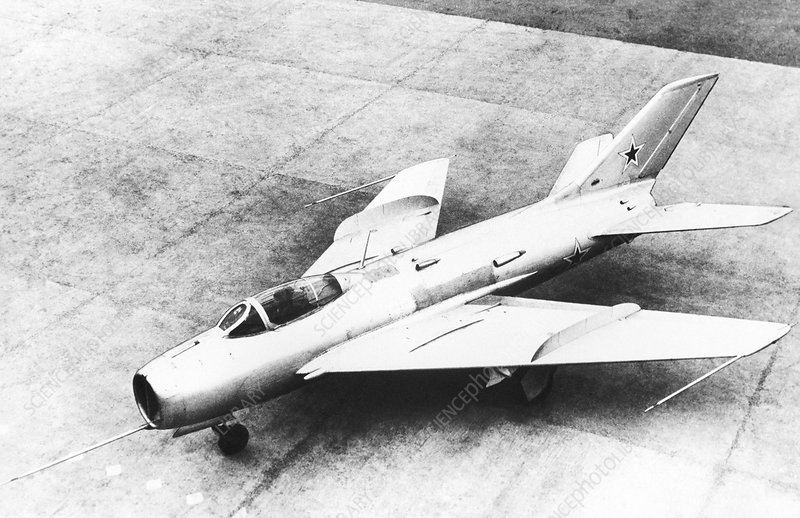
The first production MiG-19 was powered by two Tumansky RD-9B afterburning turbojet engines. The RD-9B is a single-spool, axial-flow engine with a 9-stage compressor and two stage turbine. It is rated at 31.87 kilonewtons, (7,165 pounds of thrust), each. The engine is 5.560 meters (18 feet, 2.9 inches) long; 668 mm (2 feet, 2.3 inches) in diameter, and weighs 725 kg (1,598 pounds).
The MiG-19 has a maximum speed of 1,452 kilometers per hour (902 miles per hour). With internal fuel, its range is 1,390 kilometers (864 statute miles) or 2,200 kilometers (1,367 statute miles) with external tanks. The ceiling is 17,900 meters (58,727 feet). The interceptor’s maximum load factor is 8 gs.
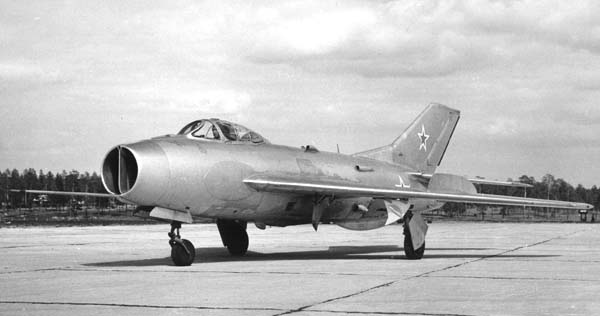
The MiG-19 is armed with three Nudelman-Rikhter NR-23 23 mm cannon. It could carry two 250 kilogram (551 pound) bombs, or two ORO-57K 32-round rocket pods.
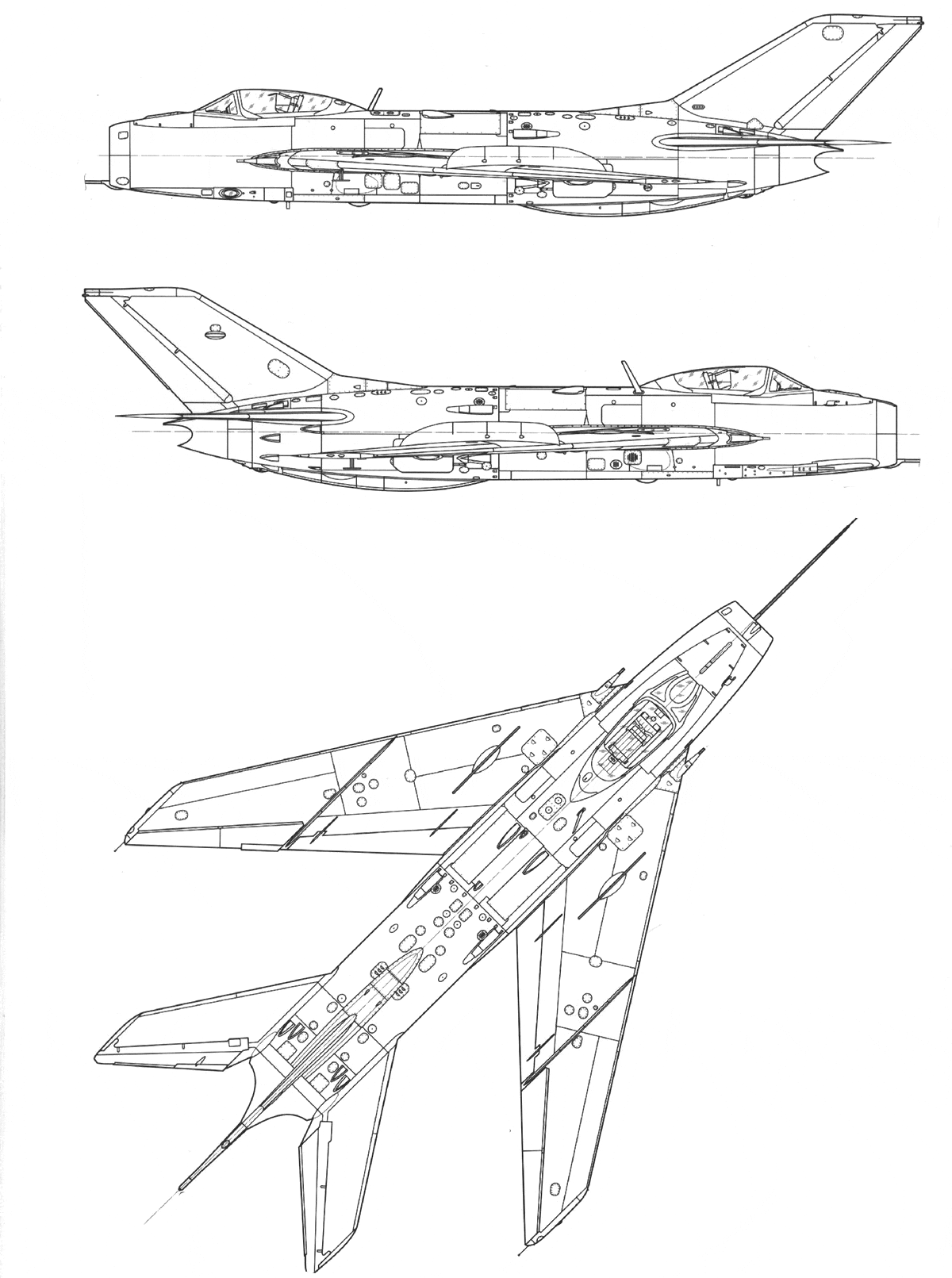
Mikoyan-Gurevich produced 2,172 MiG-19s between 1954 and 1968. Additional aircraft were built by China (Shenyang J-6) and Chechoslovakia.
¹ “RED TERROR IN THE SKY: SOVIET AERIAL AGGRESSION, 1946–1986,” by Major Martin C. Alvstad, U.S. Air Force. Air Command and Staff College Student Report Number 87-0095, at Page 1
² NSA DOCID: 3972010 C Q, Page 30
Recommended: The Little Toy Dog, by William L. White, E.F. Dutton & Co., Inc., New York, 1962. (Mr. White was also the author of They Were Expendable, which TDiA also recommends.)
© 2023, Bryan R. Swopes
I remember the incident well. I was flying B-47Es at the time at a nearby SAC base.I often have wondered about the real fate of the three Ravens-their egress system wasn’t the greatest, so they may not have survived that, but because of their knowledge, did they not survive the unimaginable interrogation by the Russians? we’ll probably never know.
Thank you, Hugh. I’m sorry that I ran out of time to finish the article.
Well written brief account of the shootdown. Would have been very helpful to have better resolution on the radar tracking chart as it is quite difficult to read as shown. Interesting that Polyakov apparently had no comment on the location of the RB-47 when he shot it down, assuming the track is correct, as it looks to be well outside Soviet claimed territorial waters. Since NSA noted that the three EWO’s “probably” bailed out, perhaps it is possible that Polyakov’s cannon fire in fact struck some or all of the men in the intelligence compartment and only Major Posa was able to leave the aircraft, albeit dead by the time he reached the water. As an RC-135 crewmember flying that same orbit in the 1960’s, I recall our summer flight gear was nothing more than lightweight flight fatigues and most of us assumed that if a bailout had been necessary, survival time in the Barents Sea would probably be no more than a few hours at most. Incidentally, during aircrew survival training at Stead AFB in 1963, then Major McKone made an appearance as a guest speaker for our class and provided some details about his imprisonment, but not much information about the shootdown itself that I can recall.
Thank you, Steve. TDiA agrees about the definition of the radar track chart, but the blurring/low definition was in the source material… Soviet interceptor pilots were directed by ground controllers rather than self-guiding, so he may have had only a vague idea of the exact location. Also, authorities were unlikely to have allowed him to say, “Well, yeah, the B-47 was in international airspace, but I shot it down anyway.” 🙂 With 111 30 mm cannon shells fired, and say, maybe 30% hit the bomber, it is certainly possible that some of the Ravens were wounded or killed… I read “The Little Toy Dog” as a young boy when it was first published in “Reader’s Digest,” and the thought of treading water in the icy Barents Sea was something that scared me then, and it still does. Even though the USAF searched for the missing crew for almost a week [we ran out of time to finish the article before scheduled publication, so that and a lot of other details were not included—we’ll try to update it soon], how could they have rescued them if found? Of course, they would have long before succumbed to hypothermia… A scary situation. TDiA commends you for your service in the RC-135. I doubt the general public has any appreciation for the dangers involved in flying missions like that.
97 weeks is almost 2 years to be in traction yet he is shown standing with his wife 6 months later. 9 weeks was meant? Regardless I shudder to imagine the treatment both of them had while in captivity. Is anything known about their lives after they were repatriated?
It was probably 97 days, Eric. I will recheck the source… Steve Gaylo, commenting below, said that Major McKone was a guest speaker at a class on survival at Stead AFB in 1963… John McKone rose to the rank of colonel and Commander, 3902nd Air Base Wing, Offutt AFB, NE. He retired 1 September 1983, and died 31 October 2013. Burial was at Arlington National Cemetery. Silver Star, Legion of Merit, Distinguished Flying Cross, POW Medal. . . Freeman Olmstead also rose to the rank of Colonel. His final assignment was as Air Attache to the U.S. Embassy, Copenhagen, Sweden, and retired 1 November 1983. Silver Star, Distinguished Flying Cross, POW Medal. He died 14 October 2016. Also interred at Arlington. . . This was the kind of additional information (along with details of the MiG-19) which I had intended to include in the complete article, but ran out of time. I will update the article as soon as I can . . . Thanks for keeping in touch, Eric.
Thank you for those updates. Glad to see that they had successful careers and relatively long lives.
Yesterday afternoon, I was able to add the data on the MiG-19.
Thanks for the article! Still piecing together my grandfathers service. This flight and the loss of those onboard is one that still affects him greatly. He is the last of his class.
Thank you.
Several years ago Air Force Magazine published a letter to the editor from a retired flight surgeon claiming that Major Palm had been machine gunned by the Soviets. I don’t know how true the claim is, but the source apparently was credible.